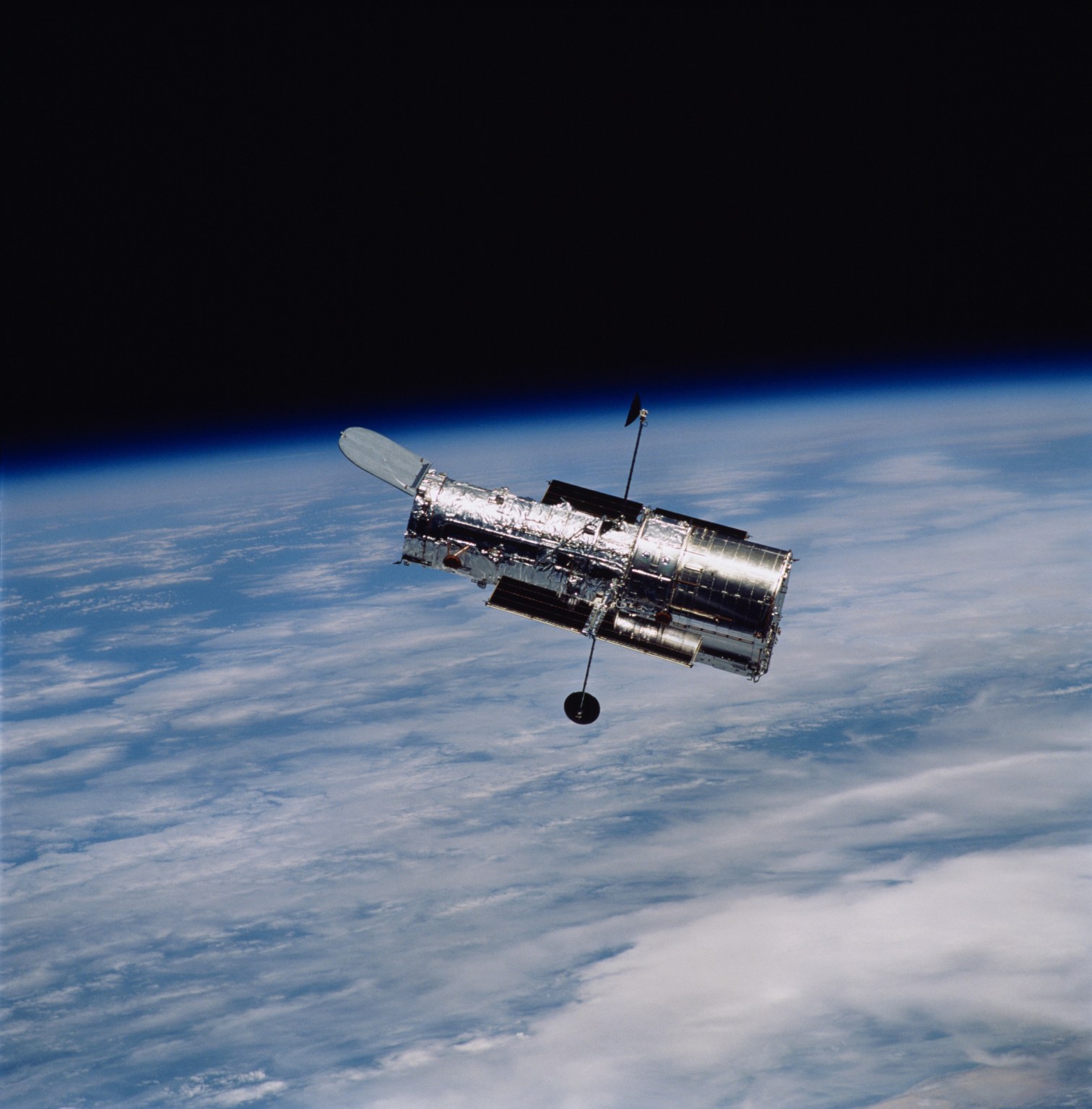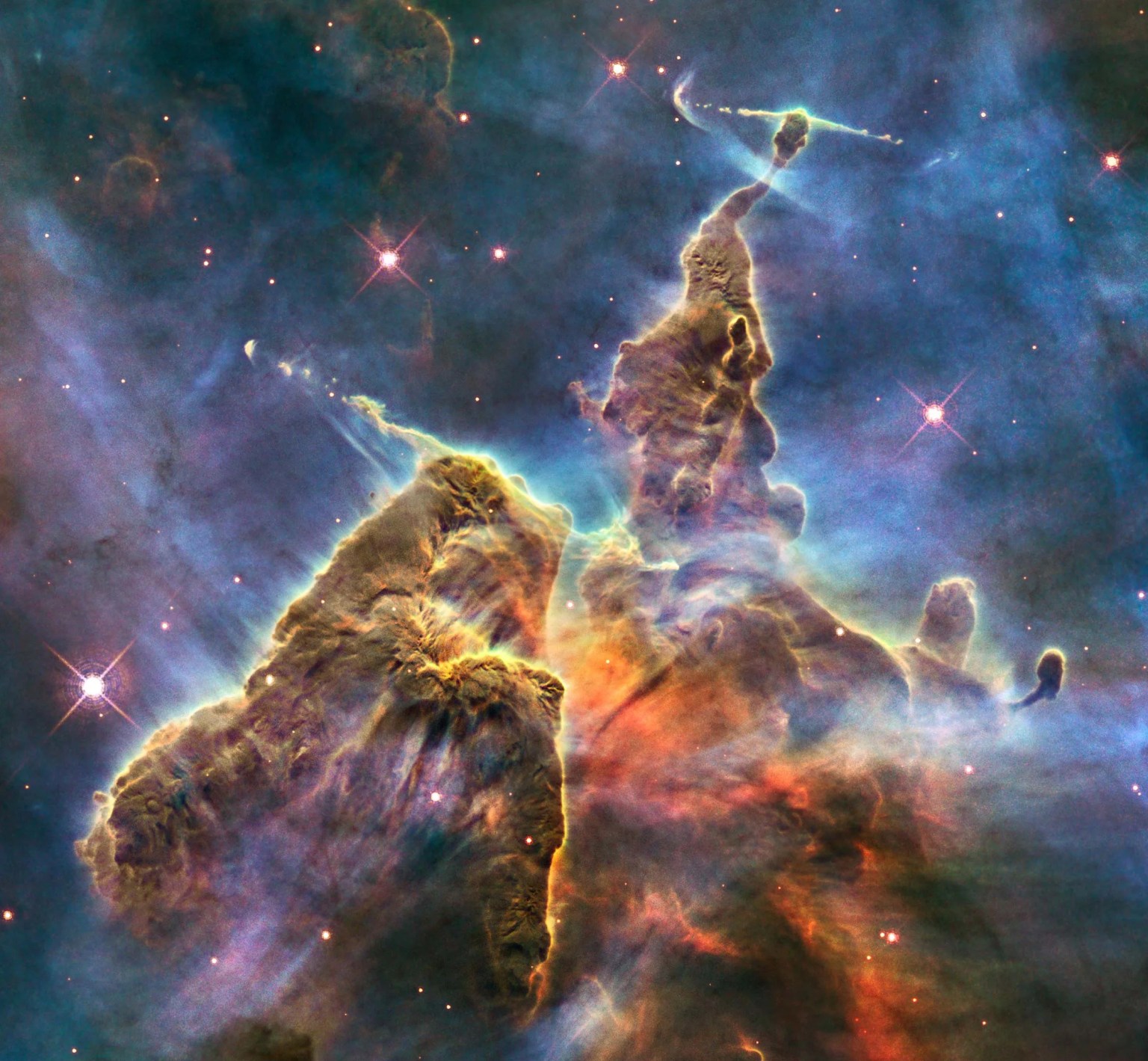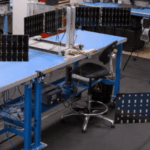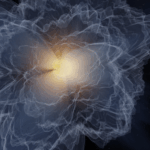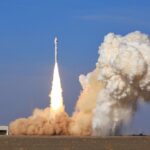Now Reading: Hubble Filters a Barred Spiral
-
01
Hubble Filters a Barred Spiral
Hubble Filters a Barred Spiral

2 min read
Hubble Filters a Barred Spiral
This NASA/ESA Hubble Space Telescope image features a luminous tangle of stars and dust called the barred spiral galaxy NGC 1385, located about 30 million light-years away. Hubble released an earlier image of NGC 1385, but the two images are notably different. This more recent image has far more pinkish-red and umber shades, whereas cool blues dominate the earlier image. This chromatic variation is not just a creative choice, but also a technical one, that represents the different number and types of filters used to collect the data that comprises the respective images.
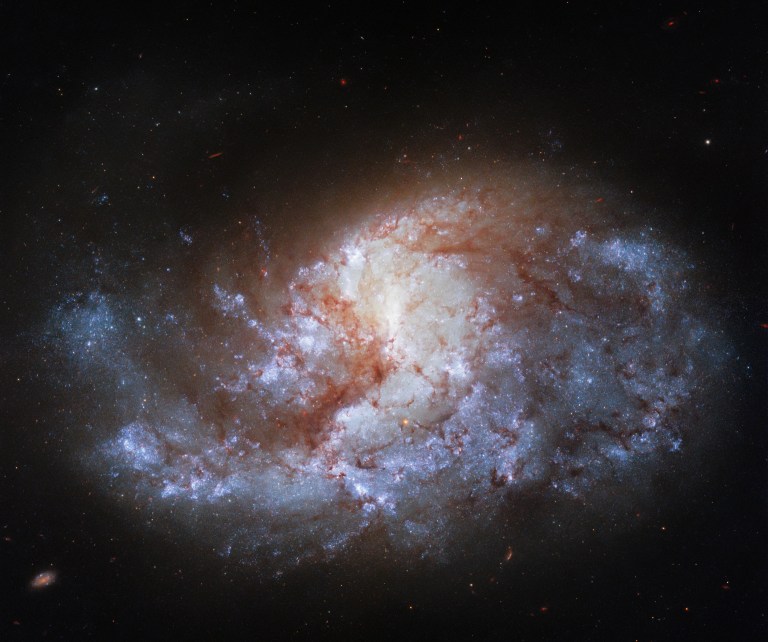



NGC 1385, released in 2021
NGC 1385, released in 2023
Before and After
Two views of NGC 1385
Like all telescopes used in scientific research, Hubble holds a range of filters. These highly specialized filters are pieces of physical hardware that allow a range of wavelengths (broadband filters) or very specific wavelengths (narrowband filters) of light to enter the telescope. This allows astronomers to look for specific features in the object. The data can tell us what elements are present, the temperature, and pressure of the object. The ability to probe extremely specific parts of the electromagnetic spectrum is very useful to astronomers. It helps them better understand the physical processes and environments of the objects they study.
Text Credit: ESA/Hubble
Media Contact:
Claire Andreoli (claire.andreoli@nasa.gov)
NASA’s Goddard Space Flight Center, Greenbelt, MD
Leave a reply
You must be logged in to post a comment.
Stay Informed With the Latest & Most Important News
Previous Post
Next Post
-
 012024 in Review: Highlights from NASA in Silicon Valley
012024 in Review: Highlights from NASA in Silicon Valley -
 02Panasonic Leica Summilux DG 15mm f/1.7 ASPH review
02Panasonic Leica Summilux DG 15mm f/1.7 ASPH review -
 03From Polymerization-Enabled Folding and Assembly to Chemical Evolution: Key Processes for Emergence of Functional Polymers in the Origin of Life
03From Polymerization-Enabled Folding and Assembly to Chemical Evolution: Key Processes for Emergence of Functional Polymers in the Origin of Life -
 04How New NASA, India Earth Satellite NISAR Will See Earth
04How New NASA, India Earth Satellite NISAR Will See Earth -
 05And Thus Begins A New Year For Life On Earth
05And Thus Begins A New Year For Life On Earth -
 06Astronomy Activation Ambassadors: A New Era
06Astronomy Activation Ambassadors: A New Era -
07SpaceX launch surge helps set new global launch record in 2024




